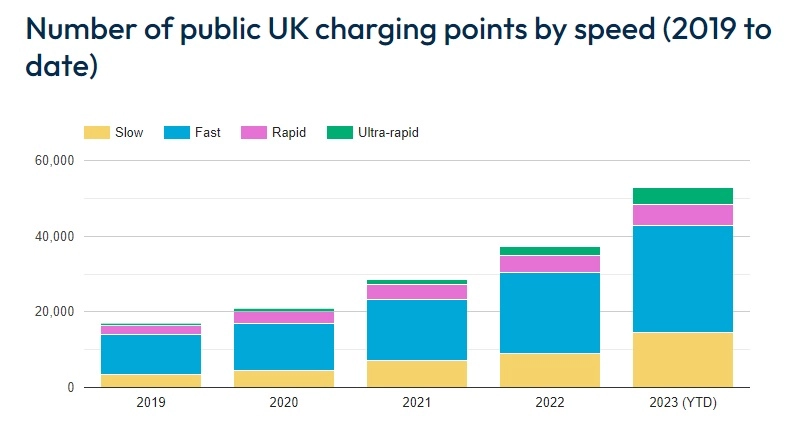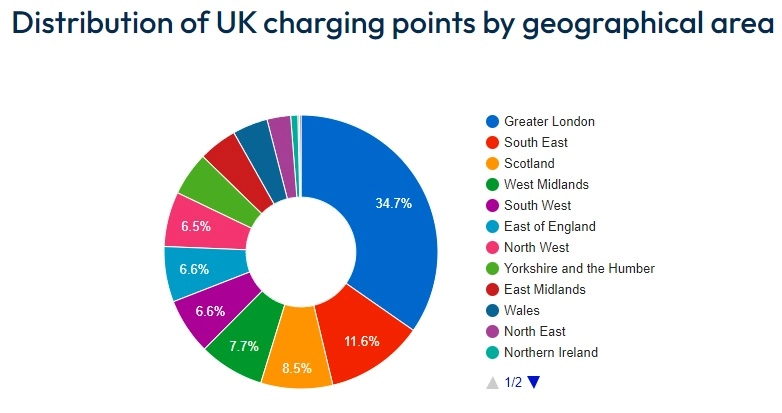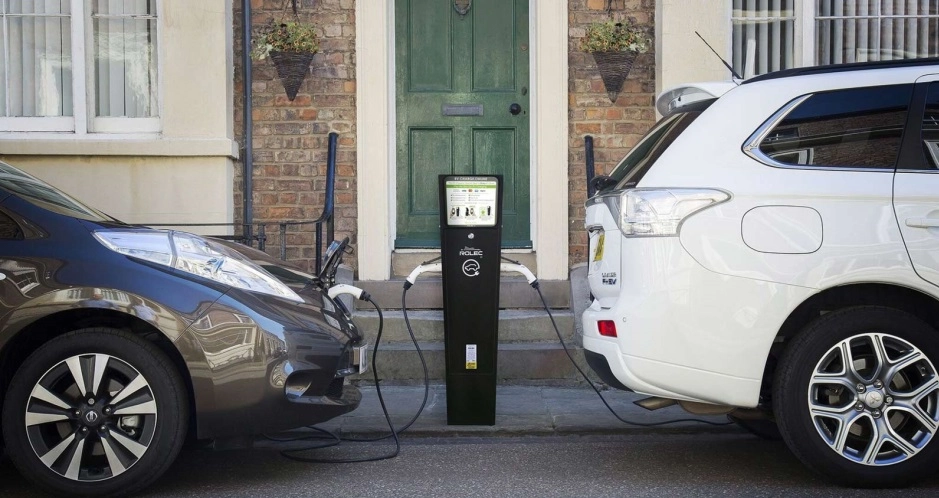In recent years, there has been a significant increase in the number of public charging points for electric vehicles in the UK.
However, despite the progress, the electromobility sector is not without its obstacles.
Similar to other European countries, one of the difficulties is related to bureaucratic aspects.
“The main challenges are related to the laws governing working and installing equipment of any kind in a public place,” says Mark Constable, Head of Public Affairs at Trojan Energy, in conversation with Mobility Portal Europe.
“The UK has not changed any of its laws in terms of planning permissions to streamline processes. There is a lot of bureaucracy when working with local authorities,” he adds.
Read more: The largest Trojan Energy charging points project in the UK would be ready by April 2024
This situation should be remedied in the short term to avoid delaying the growth of the charging infrastructure.
As Constable explains, “the government is looking to change some of these rules and make the processes more efficient and faster to implement.”
A second difficulty faced by the sector is related to the costs associated with the installation of charging points.
For example, if the monetary value of obtaining a license for the relevant work is high, this will impact prices for the end consumer.
“In the last year, the government acknowledged that these challenges need to be addressed and is beginning to work to change some of these rules to ensure that projects are delivered more quickly and at a lower cost,” acknowledges the representative from Trojan Energy.
It is worth mentioning that currently, the government is providing financial support to facilitate the deployment of the charging infrastructure.
“There is a lot of money that has been allocated to help private infrastructure grow effectively,” assures Constable.
As for forecasts, the representative from Trojan Energy believes that the public funds available for such initiatives will decrease in the next two or three years.

A clear example of these investments is related to the announcement made by Secretary of Transport Mark Harper at COP28 in Dubai on December 6th of this year.
There, he unveiled a £70 million pilot plan aimed at enhancing motorway service areas to facilitate the deployment of ultra-fast charging points for electric vehicles.
In this way, the plan seeks to establish up to ten test sites across England, focusing on improving the capacity of the electrical grid to ensure it remains future-ready until 2035.
This initiative is part of the government’s ambitious Rapid Charging Fund (RCF).
“This £70 million pilot plan is the starting point and sends a message to consumers and the industry that we are investing wisely and rapidly to grow the future of transportation in the United Kingdom,” emphasized Harper.
The day before this announcement, the world’s first global transition roadmap for zero-emission vehicles (ZEV) was launched, designed to improve understanding and accessibility around the international drive to decarbonize road travel and clearly outline the available funding for developing economies and new markets.
This occurred in the same week that the House of Commons agreed on the percentage of new zero-emission cars and vans that manufacturers must produce each year until 2030.
This complements Prime Minister Rishi Sunak’s decision to delay the ban on new petrol cars from 2030 to 2035 to support families transitioning to electric vehicles.
How is the charging infrastructure market structured?
Zapmap’s statistics detail the number of electric charging points in the United Kingdom.
Between November 2022 and November 2023, over 16,600 points were installed, representing a 46% growth.
Additionally, in just the past month, 1,513 new units were added to Zapmap’s database.
As a result, by the end of November, the app recorded 53,029 charging points across 30,853 locations.
It’s worth mentioning that these figures reveal the number of points in the UK that are part of the public electric vehicle charging infrastructure.
However, they do not include those installed in homes or workplaces, estimated to be over 680,000.
Currently, there are 9,992 fast and ultra-fast charging devices at 5,054 locations, with 365 new additions in the last month.
Since November 2022, there has been a 104% increase in the number of ultra-fast devices nationwide.

InstaVolt leads the network with the fastest or ultra-fast charging points, boasting 1,318 points, followed by Tesla with 1,241 and bp pulse with 1,133.
Regarding the networks with the most devices, the top 3 are Ubitricity, Pod Point, and bp pulse.
Finally, it’s worth mentioning that the geographical area with the highest number of electric vehicle charging points is Greater London with 18,396, followed by the Southeast with 6,137, and Scotland with 4,495.









